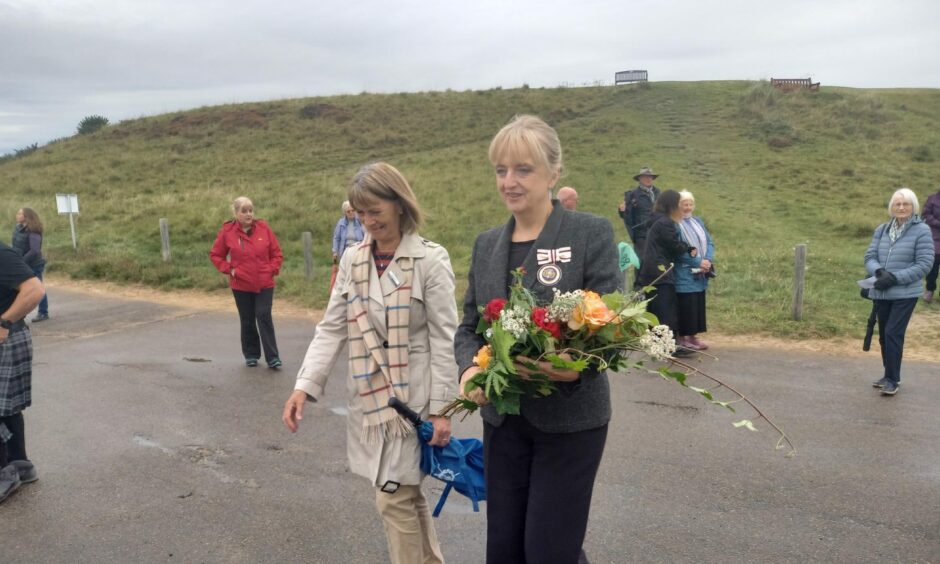
The Sutherland clearances of 1807- 1820 are notorious, well-documented and never to be forgotten in the Highland psyche.
But few remember the wave of emigration from Sutherland that took place some fifty years beforehand, for different reasons, but equally traumatic.
A recent ceremony at Dornoch beach restored to local memory the harrowing tale of a group of desperate people who sailed from that shore 250 years earlier in search of a better life in the New World.
Led by civic dignitaries, including Patrick Murray Provost of Dornoch, Rev Graeme Muckart and Dr Andrew Senior co-chairman of Dornoch Heritage, and Deputy Lord Lieutenant of Sutherland Catriona Whitefield, some 60 people gathered there for a service of commemoration and wreath laying in the Firth.
The piper for the occasion was Pipe Major William Fraser.
While Kara Mackay sang and recited Ged Tha Mi’s Choill’ Am Falach (Although I am hidden in the forest) and Fear a Batha (The Boat Man).
On September 17 1773, the brig Nancy carried 280 desperate people away from the shores of Sutherland heading to New York.
The ship was recklessly unsanitary and ill-provisioned.
Eighty desperate emigres would die on the way over in horrific conditions.
If it wasn’t sheep in 1773, what drove the people away?
This emigration wave was not to make way for more profitable sheep for the landlord, but driven by fall out from the massive social and economic changes after the failed Jacobite rebellion of 1745.
The clan system which protected clan members had begun to break down, compounded by Acts meant to industrialise and reform the Highlands.
“Clan chiefs and other leaders in Highland society saw an opportunity to profit from the clan lands they were entrusted with and abandoned their role as paternalistic caretakers for their clansmen so they could act as commercial landlords.
“This social upheaval forced many to abandon the Highlands,” writes Kyreston Jones, University of Washington in his history undergraduate thesis.
The stage was set for increasing levels of misery, and in 1773 the curtain rose on a chapter of unspeakable misery for the 280 economic East Sutherland emigrants.
Debt and famine were emigration drivers
Each of the two preceding harvests had failed, driving the people deeper and deeper into debt arrears and famine.
Landowners had also begun to question why they needed tacksmen any more in their drive to modernise farming practice, so the Sutherland estates tacksman, one Robert Gray of Creich, began to look to his own interests.
As tacksman he rented land from the estates, subdivided it and rented it on to the crofters, giving him a fearsome amount of power.
Ultimately it turned him into what would now be called a ‘people trafficker’.
Professor David Bell of Stirling University has looked into what happened to the Sutherland emigres as a result of Gray’s ruthlessness.
He was inspired to follow up a mysterious card which he found in his late father James’s papers, entitled ‘The Nancy’.
James Bell was the founder and prime mover of the Dornoch Heritage Society.
Account in The Scots Magazine
David’s research led him to a detailed account of the ill-fated voyage of The Nancy, printed in The Scots Magazine the following year.
He said: “Gray organised a visit to Dornoch by some Glasgow merchants who were interested in taking a cargo of ‘servants’ to America.
“This would likely be to enter indentured servitude, where individuals work for nothing until they have repaid a loan.
“Emigration could work well for more affluent communities, but those wishing to leave from Dornoch struggled to meet the costs of the voyage, 3 guineas a head.”
The Nancy was owned by William Parker of Leith, and was captained by one George Smith.
Gray had chartered it for 650 guineas, with half the sum due in July 1773, the rest due on embarkation.
But the money simply wasn’t there, so the voyage was delayed out of the weather window for a calmer Atlantic crossing until the stormy month of September.
Sailing into trouble
David said: “It was decided to set sail on September 17th even though less than half of the sum had been paid.
“This caused the ship to sail with inadequate provisions even if the voyage had gone smoothly.
“The ship was extremely cramped for 280 people. The bunks were inadequate.”
She ran into bad weather almost immediately, and had to take shelter in Stromness and off the coast of Ireland, the miserly provisions dwindling all the while as the captain refused to take the passengers ashore at points where they were close to the coast.
No cook, little food
“There was no cook, and the food was inadequate for already malnourished crofters, who never even been to sea before,” David said.
“Smith and his crew fed well and refused to share with the emigrants.
“Nevertheless, realising that they could not sail the ship themselves, the passengers decided against mutiny.
Starvation, disease, abuse
“Gradually passengers succumbed to starvation, disease and some to injury caused by the crew.
“Communication must have been incredibly difficult for the Gaelic-speaking crofters.”
Smith and most of his crew displayed extreme brutality and callousness towards the passengers, even beating up one crew member who tried to help them.
Terrible death toll
All but one of the 50 children aged four or under died.
Of the seven pregnant women who were delivered on board, all died but one, as did all their babies.
In total, 80 passengers died.
“Unbelievably, Smith charged 6d for each of the passengers the crew committed to a watery grave,” David said.
Smith wished them all dead
“He even went to far as to say he would be happy if all the passengers were dead then he wouldn’t have to sail to New York and could go straight to the Carolinas.”
The Nancy eventually arrived in New York in December 1773, at which point Captain Smith scarpered to the Carolinas, fearing retribution.
It didn’t take long for the people of New York to hear of the plight of the wretched Sutherland emigres, and take pity on them.
The one ray of light in the terrible saga was the fortunate presence of Reverend Dr John Witherspoon in New York at the time.
He would go on to achieve fame as one of the two Scots to sign the Declaration of Independence, and as the respected president of Princeton University.
David said: “He preached a special sermon in the Presbyterian Church which raised £80 for the relief of the stricken survivors of The Nancy.”
And there the survivors’ stories end, as there is no further knowledge of what happened to them after their arrival in New York.
As for Parker, Smith and Gray, they got off scot-free.
“There was no retribution for Robert Gray,” David said.
“The captain and owner of the Nancy both sought to exonerate themselves from blame.
“Smith wrote to the New York Journal from Wilmington, North Carolina in February 1774 acknowledging that he left Dornoch with insufficient food for the journey, but argued that there had not been any cruelty to any of the passengers.
More passengers than expected in Dornoch
“William Parker argued that the payment for the voyage had not been what had been agreed and that more passengers than expected had gathered in Dornoch.
“Having been made aware of the challenge they faced, he argued that all passengers had been made aware of the difficulties that might face and given the option not to travel.
“Parker also resented any suggestion by the captain that he was in some way responsible for the tragedy.”
Thus the grim chapter was closed.
David said: “There was no further investigation and the start of the American War of Independence in 1776 brought this wave of emigration from the Highlands to America to an abrupt halt.”
But Lynne Mahoney, curator of Historylinks Museum in Dornoch is determined not to let the tale of The Nancy rest there.
She is travelling on other business to New York later this year and plans to visit the New York City archives to see if any trace can be found of Nancy survivors and what happened to them.
She said: “There must have been records, and it would be fascinating for relatives here and in the States to find out what happened to the survivors.”
David said: “There was no further investigation and the start of the American War of Independence in 1776 brought this wave of emigration from the Highlands to America to an abrupt halt.”
More like this:
‘To Quebec or the bottom!’: Fateful cry of captain of doomed emigrant ship wrecked off Barra
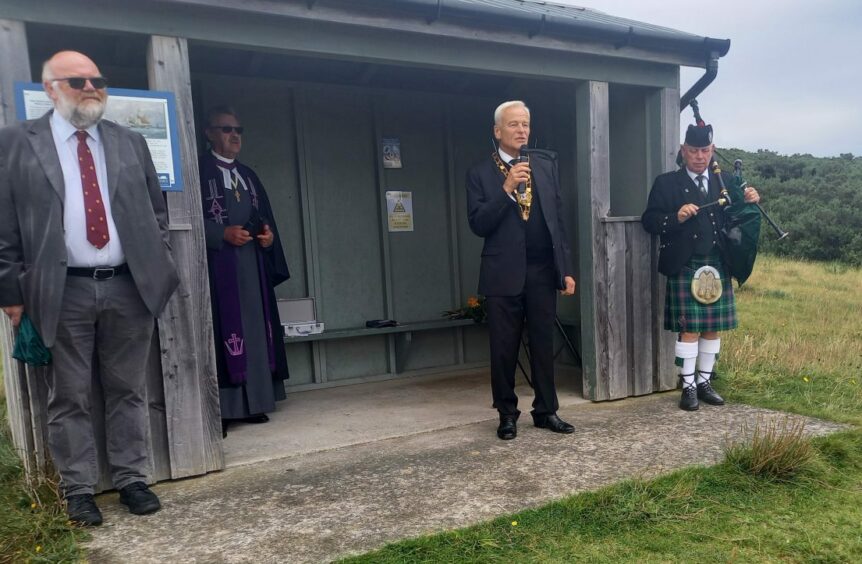
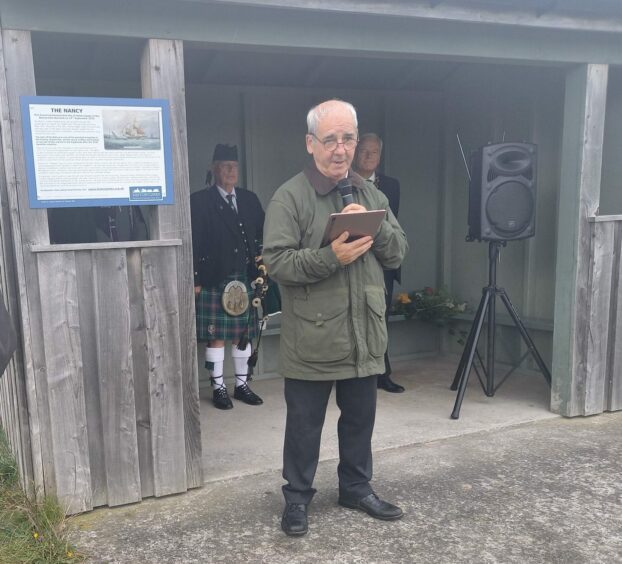
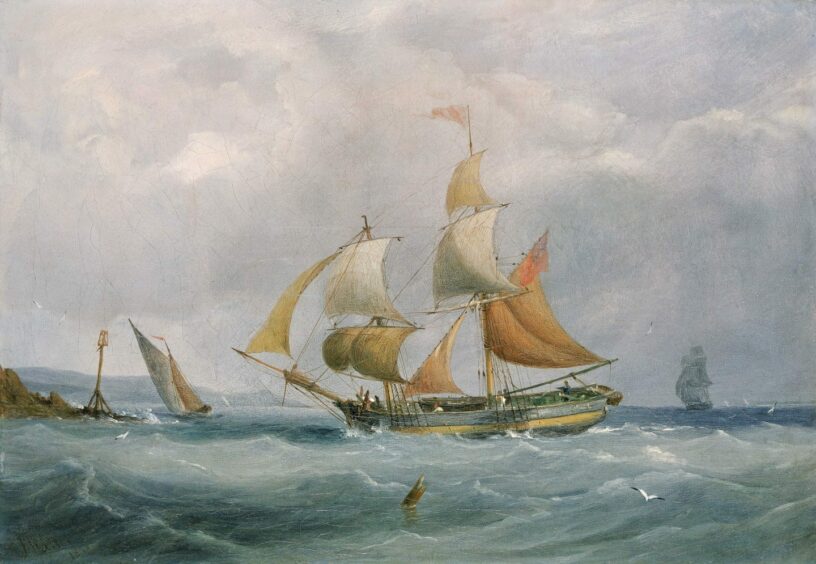
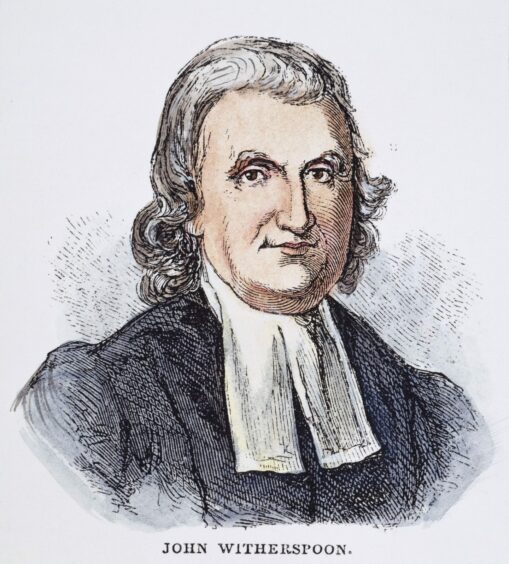


Conversation